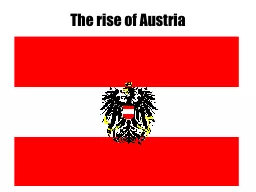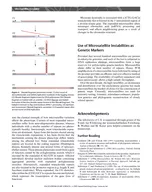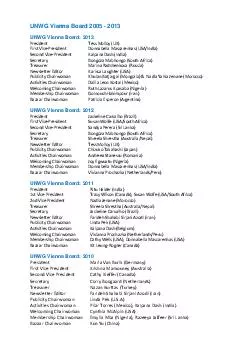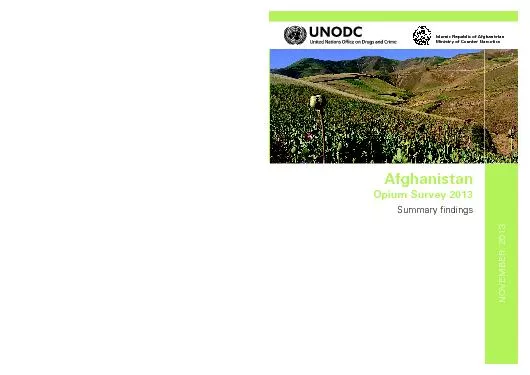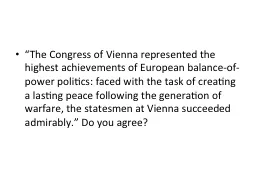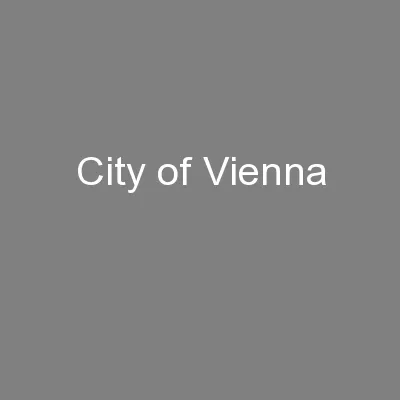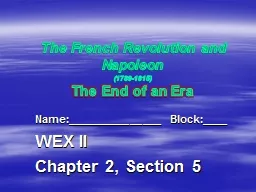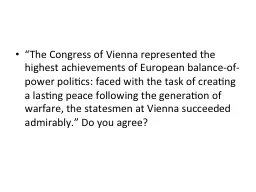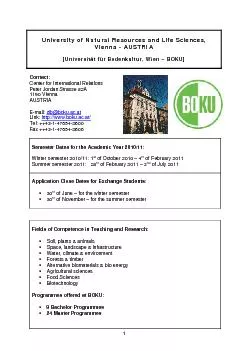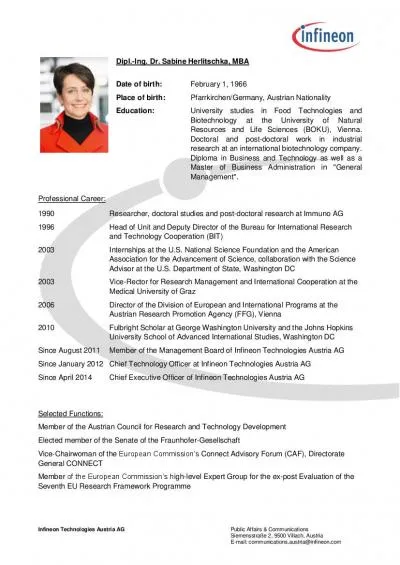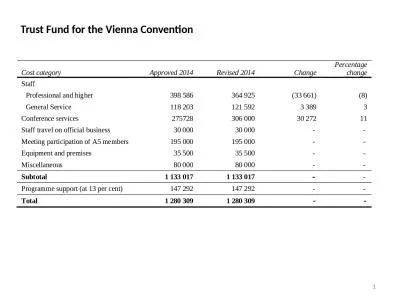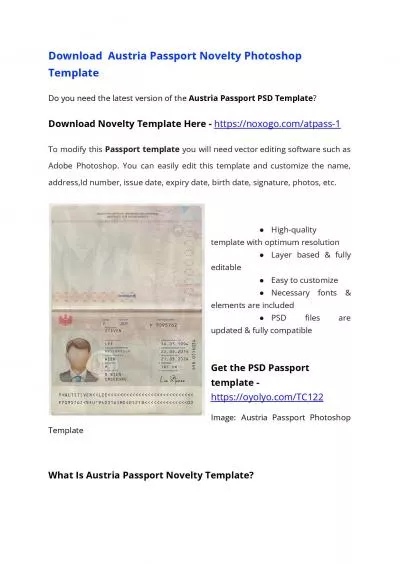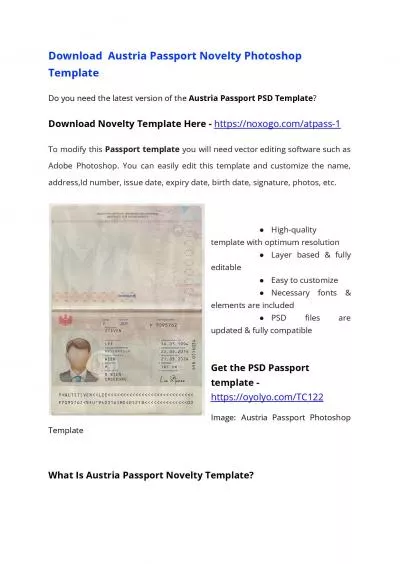PPT-The rise of Austria Vienna
Author : alexa-scheidler | Published Date : 2018-02-27
Wien Thesis After the Thirty Years war which resulted in the destruction of the Holy Roman Empire and the decimation of the German countryside a series of poor absolute
Presentation Embed Code
Download Presentation
Download Presentation The PPT/PDF document "The rise of Austria Vienna" is the property of its rightful owner. Permission is granted to download and print the materials on this website for personal, non-commercial use only, and to display it on your personal computer provided you do not modify the materials and that you retain all copyright notices contained in the materials. By downloading content from our website, you accept the terms of this agreement.
The rise of Austria Vienna: Transcript
Download Rules Of Document
"The rise of Austria Vienna"The content belongs to its owner. You may download and print it for personal use, without modification, and keep all copyright notices. By downloading, you agree to these terms.
Related Documents

